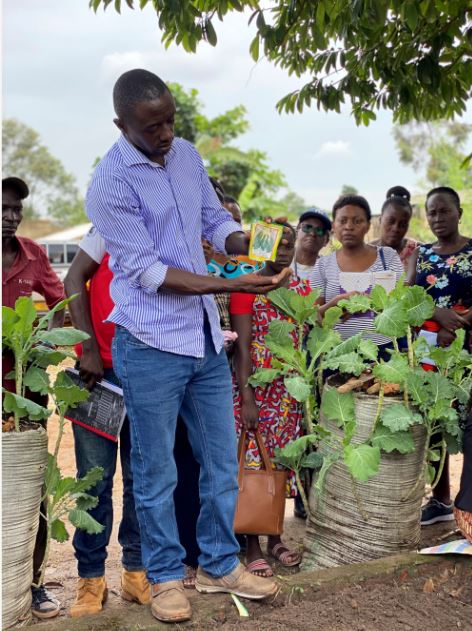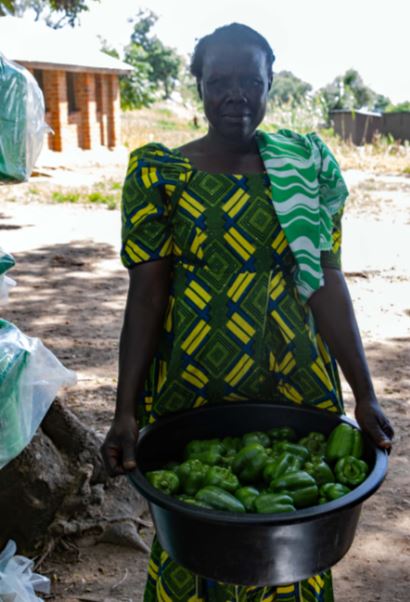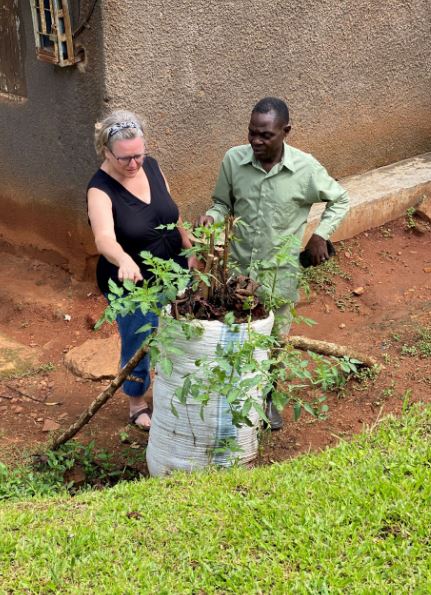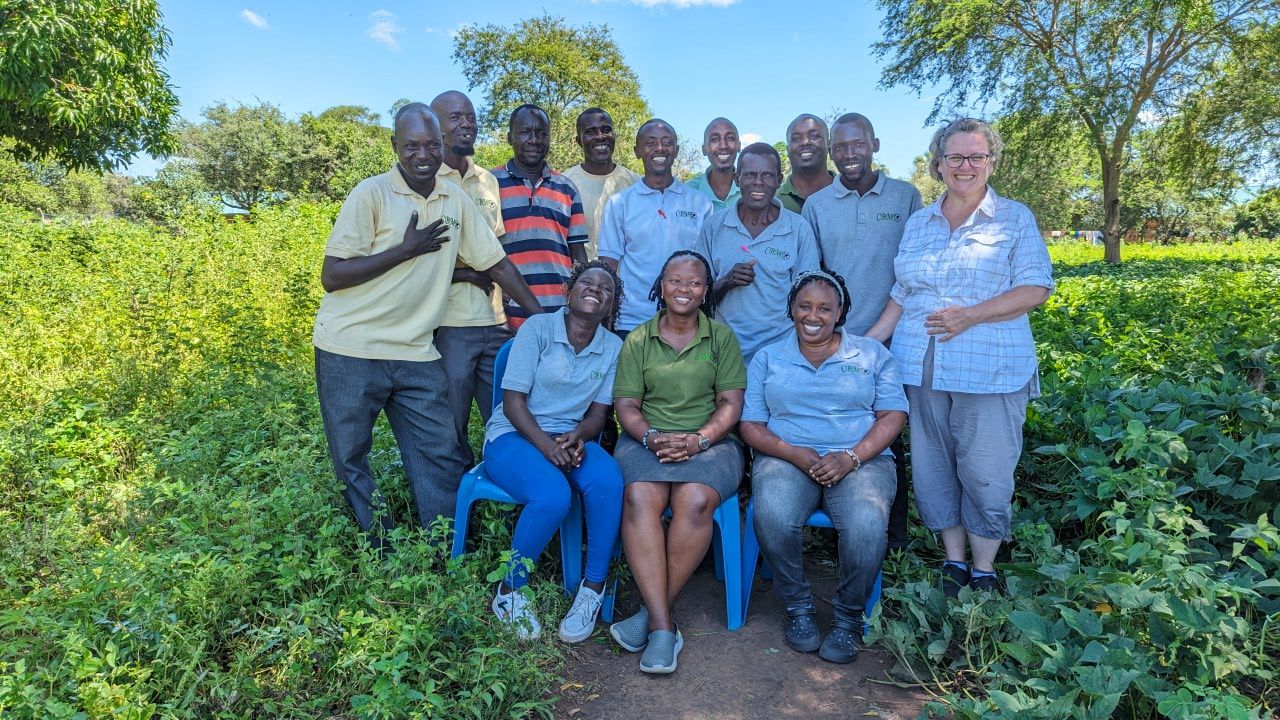For close to eight years, the Gardens of Hope Initiative has provided tens of thousands of refugees in Uganda the opportunity to start, develop, and tend to their gardens while helping rebuild their lives after being displaced by civil war.
Elaine Bombay, who has been a driving force in leading and growing this program, initially started helping her parent’s missionary efforts during her youth.
“My parents were missionaries in Uganda and Kenya back in the 1960s and 1970s. My brother and I got our start in Kenya which is like our homeland. So, Africa was always a really big part of our family [and] being involved in Africa was just normal. It’s like some kids that grow up on a family farm, and so they become farmers. For me, it was just normal to be involved in Africa in some way,” explained Bombay.
Although Bombay has roots in Brantford, eventually settling in the area on a more permanent basis within the last seven years, she has traveled quite a bit in her life. Bombay worked for Wycliffe Bible translators for 20 years which took her to Cameroon, Chad, and Kenya; these experiences helped her develop her skills in language research, personnel, crisis management, and communication.
“When I was with Wycliffe, I had the opportunity to work with a group in a training course and…none of those groups [we worked with] had a written language…I was one of the very first people to help them start writing down their language. And now, several of those groups have a New Testament, or very close to having [one which has] been translated into their language,” Bombay said.
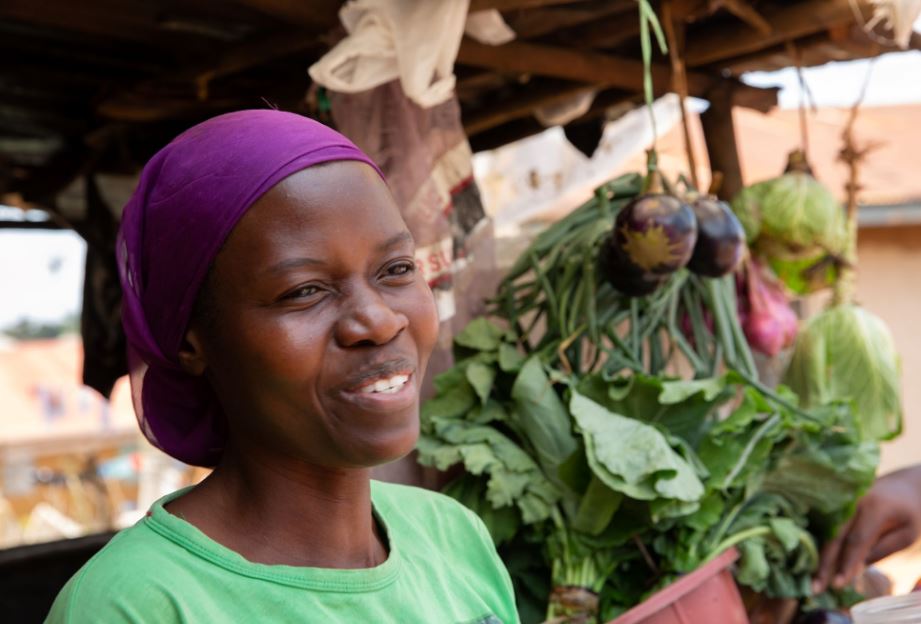
However, Bombay would then utilize her experience and expertise to become an integral part of the development of the Gardens of Hope project, which had its genesis in helping those escaping the slave trade in South Sudan in the 1990s, spearheaded by her father, Cal Bombay, a respected missionary.
“At the time Suden was one country which then split in 2011 [and] from north to south, there was a very rigorous slave trade, and Cal [Bombay] got involved in redeeming slaves,” Bombay explained, “He would go and actually negotiate a price for these slaves, purchase them, and then return them to their families. South Sudan was in a civil war at that time [and] as the peace treaty was nearing, it became clear that it was time to look at the future refugees coming back into the country and what they needed most and that would be food. So, Cal [Bombay] started Cal Bombay ministries, to start planting food. The idea at that point was larger-scale farming.”
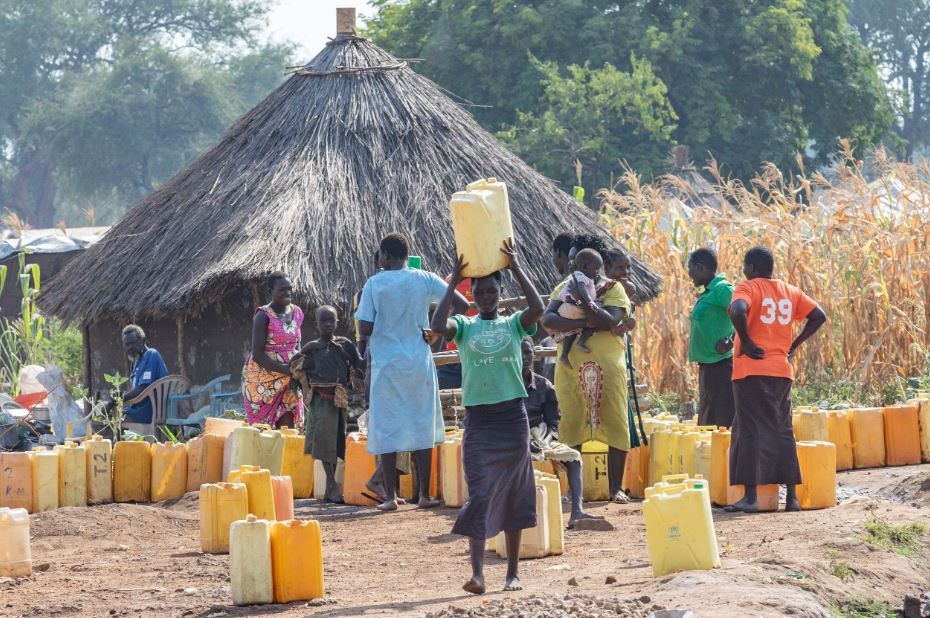
However, by 2013 South Sudan was in a civil war and it became too dangerous to continue any efforts with about 4 million people being displaced. The Ministry looked at what they could do.
“We were already working in Uganda on a garden project [where] we were working with people who lived in the slum, who didn’t have a lot of land, and who didn’t have any money. We have continued to teach them how to garden in very small plots of land; looking at things like vertical farming, and helping them plant in sacks rather than just on the ground,” Bombay continued. “When the refugees ended up in northern Uganda…we realized that we could take the project we had already been doing and start a similar project in the refugee settlements. Each family coming in was given a plot of 30 meters by 30 meters and on that, they could build their home, [a] latrine, and [a] garden. It’s not a lot of land, [but] we have been able to help. Since starting there in 2017, we have done just under 30,000 gardens in the refugee settlement.”
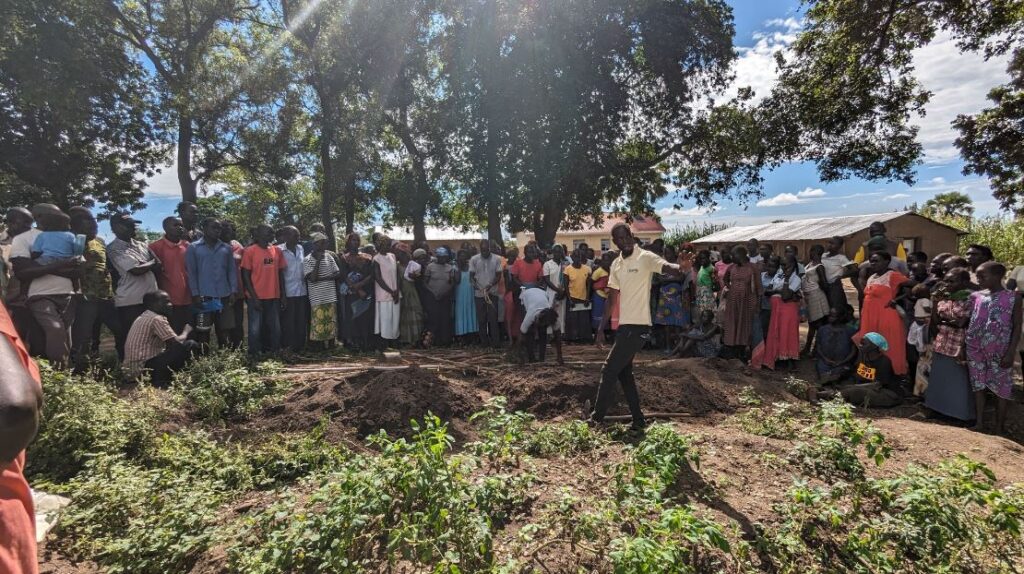
There have been many success stories that have arisen from the Gardens of Hope project, however, there are a few that have stuck with Bombay, especially a notable one.
“I interviewed a man [who] had been a prison warden in South Sudan. And by his admission, he was not a very nice man. He had a terrible reputation [and] when the country started to implode, he decided he couldn’t stay because the potential for him to get killed was very high [and] he ended up coming to Uganda,” explained Bombay., “We also work with the church in the refugee settlement called Good Friend’s church and they took him in [and] he turned his life around to the point where all of his family came to confront him to find out why he wasn’t still such a horrible person [and how he] turned into such a loving person who was suddenly serving his family and his neighborhood.”
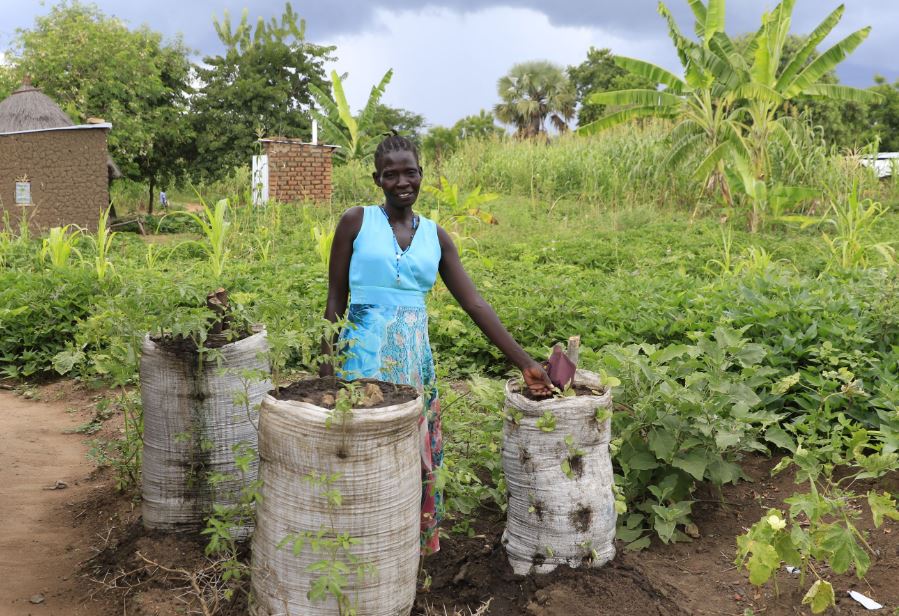
Based on the success of the Gardens of Hope project, Bombay has embarked on a similar one in Zambia while looking to inspire others across Africa.
“In October, we started a similar project in Zambia, that will be up and running next year [and] we’re looking at another country that has asked us for some help as well. On our website, there’s a link to some of our training videos. And I have been able to share that with people from a few other countries in Africa, places where it’s not feasible for us to go because the finances just don’t allow it. If people want to take what we’re doing [and] start a project in Ghana, that’s great. We don’t own this process by any means,” continued Bombay. “What we’re doing isn’t giving people a handout. We [are] teaching people skills that they will have for the rest of their lives. So, whether or not they stay in Uganda, if they go back to South Sudan, if they go anywhere else in the world, they can grow food. And eventually, we will move on from this refugee settlement. And the idea is that we won’t be needed anymore because they know what they’re doing. They’re resilient to whatever comes their way…they know how to grow food wherever they end up and our goal is that we’re not needed because they’re growing their food.”
